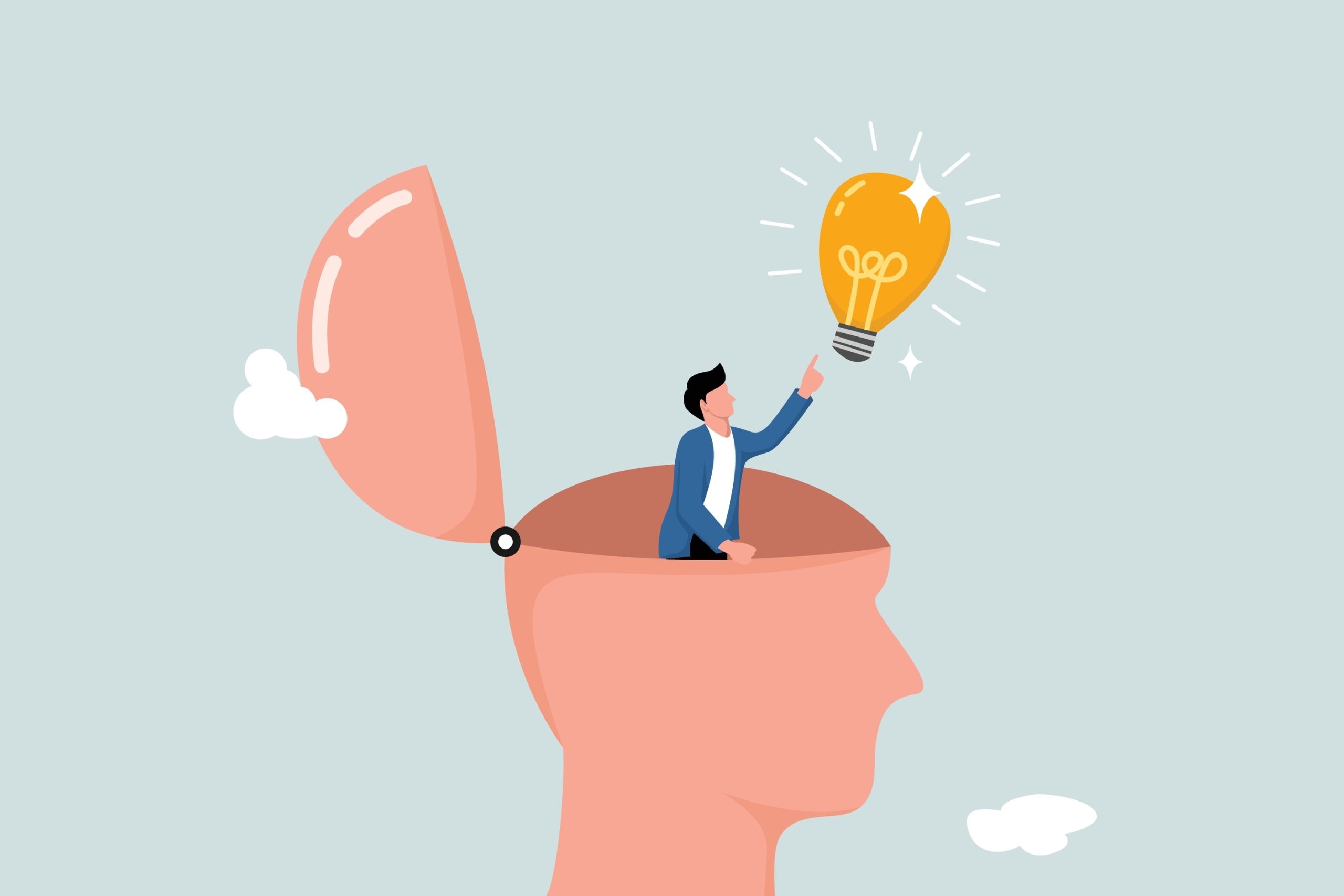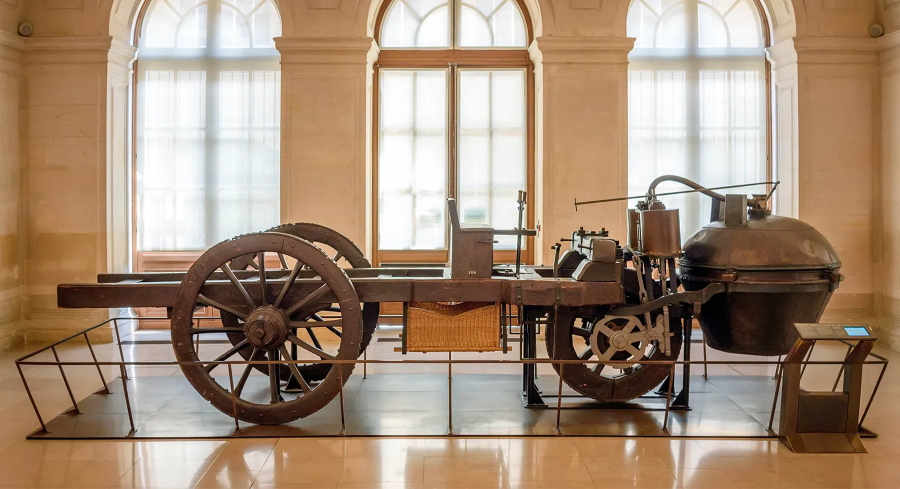Traversing STEM in Parenthood: A Journey with Twins (Part 2)
Read part 1 here.
As the third trimester began, my wife started to feel heavier, and her movements became more limited. At 32 weeks, she was admitted to the hospital because of unsatisfactory Doppler readings. A Doppler scan is a type of ultrasound that listens to the baby’s heartbeat inside the womb.
During her stay, the doctors and nurses played an important role in ensuring the twins’ well-being until delivery. They closely monitored her contractions and Doppler results. Contractions are the body’s natural way of helping a mother give birth. Certain patterns show that the body is preparing for labour. However, there are also false contractions, known as Braxton-Hicks contractions, which usually occur earlier in pregnancy.
Still, my wife’s contractions increased in frequency around the 34th, occurring at 10 to 12 minutes per hour, and the doctor thought the delivery process was approaching. Additionally, there was mucus discharge from my wife’s cervix.
The delivery
On 27 July 2021 at 10 pm, the doctor informed me that my wife needed a Caesarean section because one of the babies was in a breech position, and the heart rate had dropped below normal. The surgery was necessary to ensure the safety of both the mother and the twins.
My wife recalled that at the start of the procedure, she was given anaesthesia to numb her lower body. She remembered seeing a sterile drape placed between her upper and lower body to keep the surgical area clean and prevent infection. Before the incision, the doctors applied antiseptic fluid to clean her abdomen.
The doctor made an incision through the skin and abdominal wall, followed by a smaller cut in the uterine wall to deliver the babies. My wife could feel the gentle pressure of each incision, though it was painless. Then came the most incredible moment — the sound of newborn cries filling the room.
In that surreal scene, she vividly remembered the doctors and nurses moving quickly, caring for the babies, cutting the umbilical cords, and removing the placenta. Once the procedure was complete, the doctor sutured the uterine and abdominal walls to close the incision. The entire Caesarean section took about 45 minutes from start to finish.
Our twin daughters were born at 2:00 a.m. and 2:03 a.m., and we expressed our deep gratitude to Allah SWT for their safe arrival. Since both babies had no breathing problems, my wife was able to hold and kiss them right away. However, due to their low birth weights, the nurses later wheeled their cribs to the Special Care Nursery (SCN) for closer monitoring. Our first daughter weighed 1.9 kg, while our second weighed 1.45 kg. Because she was under 1.5 kg, she needed to be placed in an incubator for extra care.
The baby incubator is a specialised rectangular device with glass panels that acts as both a cot and a care station, allowing doctors and nurses to provide intensive care for newborns. It helps regulate the baby’s body temperature according to their specific needs.
When I walked into the Special Care Nursery (SCN) to see both my daughters for the first time, tears welled in my eyes. A wave of emotion overcame me, and I found myself crying quietly at the sight of them. When my wife was discharged a few days later without our babies, the ache in my heart grew even deeper.
As I conclude my story, the journey to parenthood has been both emotional and challenging, beautifully intertwined with the wonders of science and technology. From the moment we saw the two lines on the test to the care our babies received in the Special Care Nursery (SCN), science guided us every step of the way. The growth of medical knowledge and innovation has made it possible for parents like us to make the best decisions at every stage of this remarkable journey.
Science played a big role throughout our pregnancy journey. It helped us understand many things — from the hormones that confirm pregnancy to the medications and injections needed by expectant mothers. Along the way, I became familiar with many new scientific terms.
Technology also allowed us to see clear images of our babies through ultrasound scans, revealing details like their size and gender. Through the rhythm of contractions and Doppler readings, we could even hear the heartbeat of life — a truly unforgettable moment.
The field of engineering plays a major role in keeping mothers and babies safe throughout pregnancy. It has led to the creation of ultrasound machines that monitor the baby’s growth, heartbeat, and other important health signs. Even baby incubators are the result of thoughtful engineering design.
Meanwhile, mathematics also supports this journey in many ways. For example, Naegele’s rule helps calculate the baby’s gestational age and pregnancy trimesters, while other formulas estimate the baby’s size and weight from ultrasound data.
Since our twins were born prematurely, their development is measured using the corrected age — calculated from their expected due date instead of their birth date. Doctors rely on this measure to track the growth and progress of premature babies more accurately.
In conclusion, reflecting on my journey to parenthood, it becomes clear that delving into STEM fields is an incredibly fascinating exploration. In this shared experience, I believe numerous meaningful situations and contexts can be linked to STEM everyday life.
Associate Professor Dr Abdul Halim Abdullah,
School of Education, Universiti Teknologi Malaysia




